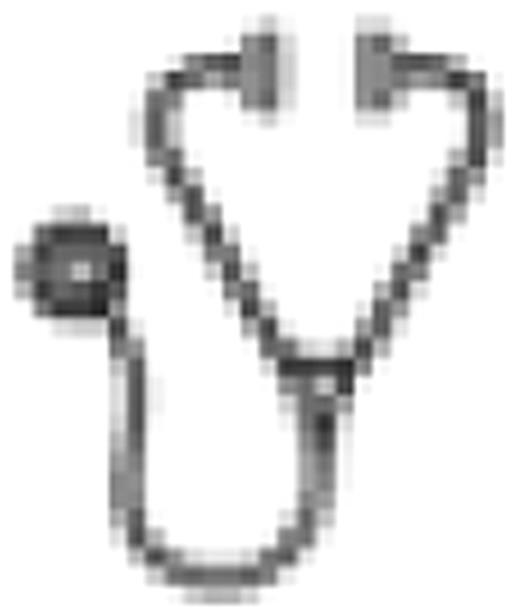Abstract
Acute myeloid leukemia (AML) with t(8;21)(q22;q22) is considered as a prognostically favorable subgroup of AML. However, outcome is heterogeneous and almost half of adult patients (pts) cannot be cured by current treatment. Candidate molecular markers have been assessed in an effort to predict outcome in AML with t(8;21) at the time of diagnosis and to potentially guide the development of genotype-specific approaches. In most, but not all studies, KIT mutations were associated with adverse prognosis in AML with t(8;21). However, no larger study has elucidated the independent prognostic impact of various gene mutations in a comprehensive molecular analysis.
Bone marrow and/or blood specimens from 146 adult pts diagnosed with de novo (n=137), therapy-related (n=5) or unknown history (n=4) t(8;21) AML were studied for the presence of additional chromosome abnormalities and for mutations in FLT3 [internal tandem duplications (ITD) and tyrosine kinase domain mutations (TKD)], N-/K-RAS, KIT and JAK2 (V617F) genes. All pts were treated on one of 7 prospective protocols of the German-Austrian AML Study Group (AMLSG). For induction pts received anthracycline-and cytarabine-based therapy regimens; pts achieving a complete remission (CR) were assigned to postremission therapy incorporating higher doses of cytarabine in various settings or to autologous stem cell transplantation. Multivariable analyses were performed to assess the prognostic value of gene mutations on relapse-free (RFS) and overall survival (OS) and were stratified for treatment protocols.
Mutations were identified in 56% of the pts with the highest frequency observed in KIT (30%), followed by mutations in RAS (21%), FLT3 (13%) [ITD (9.5%) and TKD (3.5%)] and JAK2 (3.5%) genes. When correlating gene mutations with clinical features, pts with RAS mutations had a higher WBC (P=0.003) and a lower frequency of the most common secondary chromosome abnormality represented by the loss of a sex chromosome (LOS; P=0.03) when compared to pts with wild-type RAS; for the other genes studied no differences in pretreatment characteristics were observed. The median age of the study cohort at diagnosis was 46 years (yrs; range, 17-73 yrs), and the median white blood count (WBC) was 8.7 × 109/l (range, 0.9-152 × 109/l). Median follow-up for survival according to Korn was 3.4 yrs [95%-confidence interval (CI), 2.6.-5.2 yrs]. The CR rate in the entire study cohort was 89% and none of the gene mutations impacted as single marker on the CR rate. In univariable and multivariable analyses, only FLT3 mutations significantly affected relapse-free survival (RFS) and overall survival (OS). No significant difference in RFS and OS was observed with respect to the mutational status of KIT, RAS and JAK2 genes. In univariable analyses, pts with FLT3 mutations relapsed more frequently (P=0.03; 3-yr RFS rates, 22% vs 58%) and had a shorter survival time (P=0.006; 3-yr OS rates, 26% vs 63%) than those without FLT3 mutations. Multivariable analyses revealed the mutational status of FLT3 as independent prognostic variable for RFS and OS. Age was a significant risk factor for OS. Additional variables that were also included in multivariable models were mutational status of KIT and RAS, log10(WBC), and presence of LOS. Pts harboring FLT3 mutations relapsed more frequently (HR, 3.20, P=0.01) than pts with FLT3 wild-type. In addition, the risk of death in pts with FLT3 mutations was more than four times higher (HR, 4.24, P=0.004) than in pts lacking these mutations.
In conclusion, we show here in a large group of adult AML pts with t(8;21) that the presence of activating FLT3 mutations independently predicts for poor outcome within this favorable subset of AML. Thus, adults with t(8;21)-positive AML and FLT3 mutations require alternative treatment strategies. Our data support the rationale of evaluating FLT3 tyrosine kinase inhibitors in these pts.
No relevant conflicts of interest to declare.

This icon denotes an abstract that is clinically relevant.
Author notes
Asterisk with author names denotes non-ASH members.

This feature is available to Subscribers Only
Sign In or Create an Account Close Modal